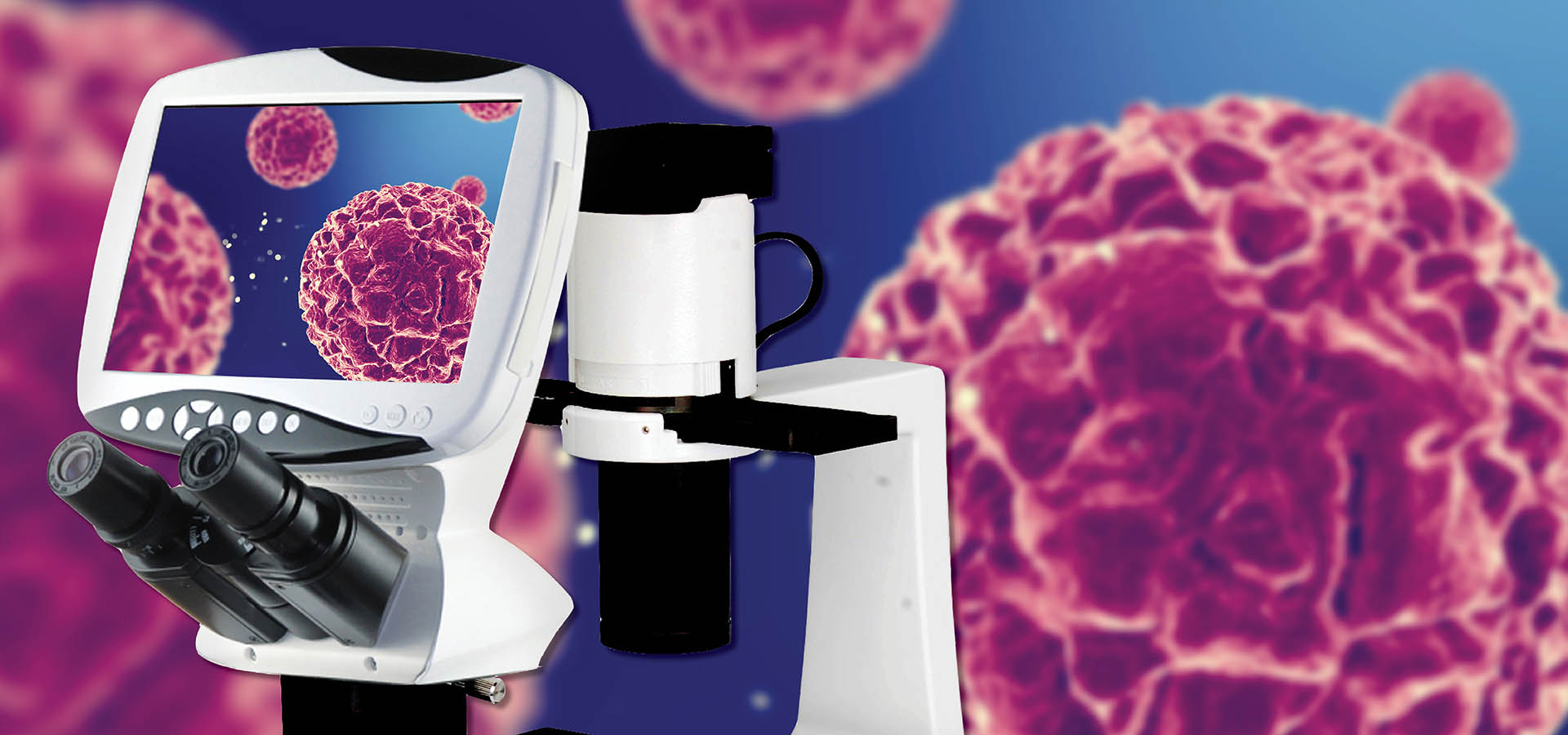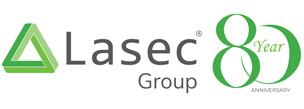BROWSE BY DEPARTMENT
- Biotechnology
- Clinical
- Consumables
- Furniture
-
Instruments
- Back
- Sample Collection
Digital Microscopy – Because Seeing is Believing

Digital microscopy has opened up a world of shared discovery, instantaneous documenting of images captured in high resolution, as well as a means of eliminating eye fatigue or strain.
- Do you need to share microscopic discoveries with colleagues or students in real-time?
- Do you frequently experience eye fatigue after extended use of your current microscope?
- Do you need to save images and videos quickly and easily for research or documentation purposes?
If you answered yes to any of the above questions, then digital microscopy is the right technology for you! Here’s what you need to know:
1. What is digital microscopy?
- It refers to the use of an optical microscope in combination with a digital camera to provide digital images that can be viewed using an electronic monitor display. Digital microscopy therefore eliminates the need for eyepieces, reducing eye fatigue or strain by viewing samples live on an LCD screen in beautiful high definition.
2. What are the benefits of digital microscopy?
- It allows the user to live-share images of samples they are currently viewing. This can be done using LCD screens or by using HD projectors connected to the camera.
- The camera software allows teachers and lecturers to use labels, annotations, and markers to illustrate key aspects of samples.
- Images and videos can be captured for research or documentation purposes and saved directly to an SD card or to a connected PC.
- Improved ergonomics allow users to sit comfortably in an upright position when viewing samples on LCD monitors, which is especially beneficial in high-throughput labs.
- Obtaining an image is easier and faster than with traditional optical microscopy, where you would need to use eyepieces to focus on an image.
- Digital microscopy is suitable for all users, from those with little or no experience to seasoned experts.
3. Are there limitations to digital microscopy?
- Using a digital microscope means that a power source will always be required to power the camera and display screen, or PC.
- The field of view of the sample may not be as large as when viewing through eyepieces.
- The eyepieces of a traditional optical microscope allow for depth perception; however, this is not possible when using a camera.
4. What are the applications of digital microscopy?
- Digital microscopes are widely used for medical diagnosis, laboratory research, industrial production, and inspection.
- Cameras with attached LCD screens or HD projectors allow for teaching applications and can be found in schools or tertiary education, as well as medical teaching labs.
- It can be used in any field requiring image or video capture and analysis.
Discover, document, and share. Turn your traditional microscope into a digital microscope and view your images and videos in high definition, the way they are meant to be seen.
See the beauty of digital microscopy for yourself and connect with our BestScope team at the Lasec® stand at analytica Lab Africa 2019.
- Mineshan Moodeliar, Product Manager - Instruments
What Cold Storage is Best for Your Biological Samples?
September 4, 2019
Self-Sampling Swab from Copan
September 4, 2019
Introducing the Bio-Rad C1000 Touch Thermal Cycler
October 6, 2021
Is Your Laboratory Workbench Protected?
September 4, 2019
Topics
Tags
Events
Promotions
Memmert Cooled Incubator
Covid19
TB
Tuberculosis Testing
RAL Diagnostics
Treatment
Diagnosis
Mycobacterium Tuberculosis
Africa
Quick TB Test
TB Prep Kit
Fluo-RAL Methylene Blue Kit
RAL Stainer
DNA
RNA
Protein Purification
Kits
96-well plate
easy-to-follow procedure
Quick preparation time
Webinar
COVID-19 Testing Solutions
Sampling
RNA Extraction
RT Reaction
qPCR
Analysis and Validation
Sample Collection Kits
Purification Kits
Real-Time PCR
Covid Antibody and Antigen Rapid Tests
cell
greiner
gbo
cellstar
cell culture plates
cell culture flasks
cell culture dishes
mass cell culture
cellmaster
cell culture roller bottles
cell disc
tissue culture
vaccine production
genetic engineering
viral diagnostics
cancer research
3d cell structure
3d cell model
cell culture company
collagen type 2
cell culture techniques
Magnetic 3D Cell Culture technology
surface
quality control testing
Food
pathogen
pathogen
pathogen
listeria
packaging
QC
chemistry
sugar
titration
microbiology
shelf life
water-saving
wastewater
check weighers
beverage
food and beverage
food and beverage industry
quality control
chemistry
microbiology
water testing
Environmental Testing
Lt Sensors
ADInstruments
CFX Opus Real-Time PCR Systems
PCR Systems
quantitative PCR
Bio-Rad
Elpress Hygiene
Staff Hygiene Control
Chemical Dispenser
Ergonomic
microbiology lab equipment
Microbiology Laboratory Consumables
Microbiology Lab Supplies
Microbiology Lab Equipment
Glassware used in the Microbiology Laboratory
Incubation temperature for bacteria
Proven Benefits of Using a Peltier Cooled Incubator
Lasec
Lasec Labs
Lasec Laboratory News
Laboratory News
Laboratory Suppliers
Lasec Laboratory Suppliers
soil moisture meter
soil moisture sensor
Delta-T Devices
Bio-Rad C1000 Touch Thermal Cycler
Sustainability












Comments